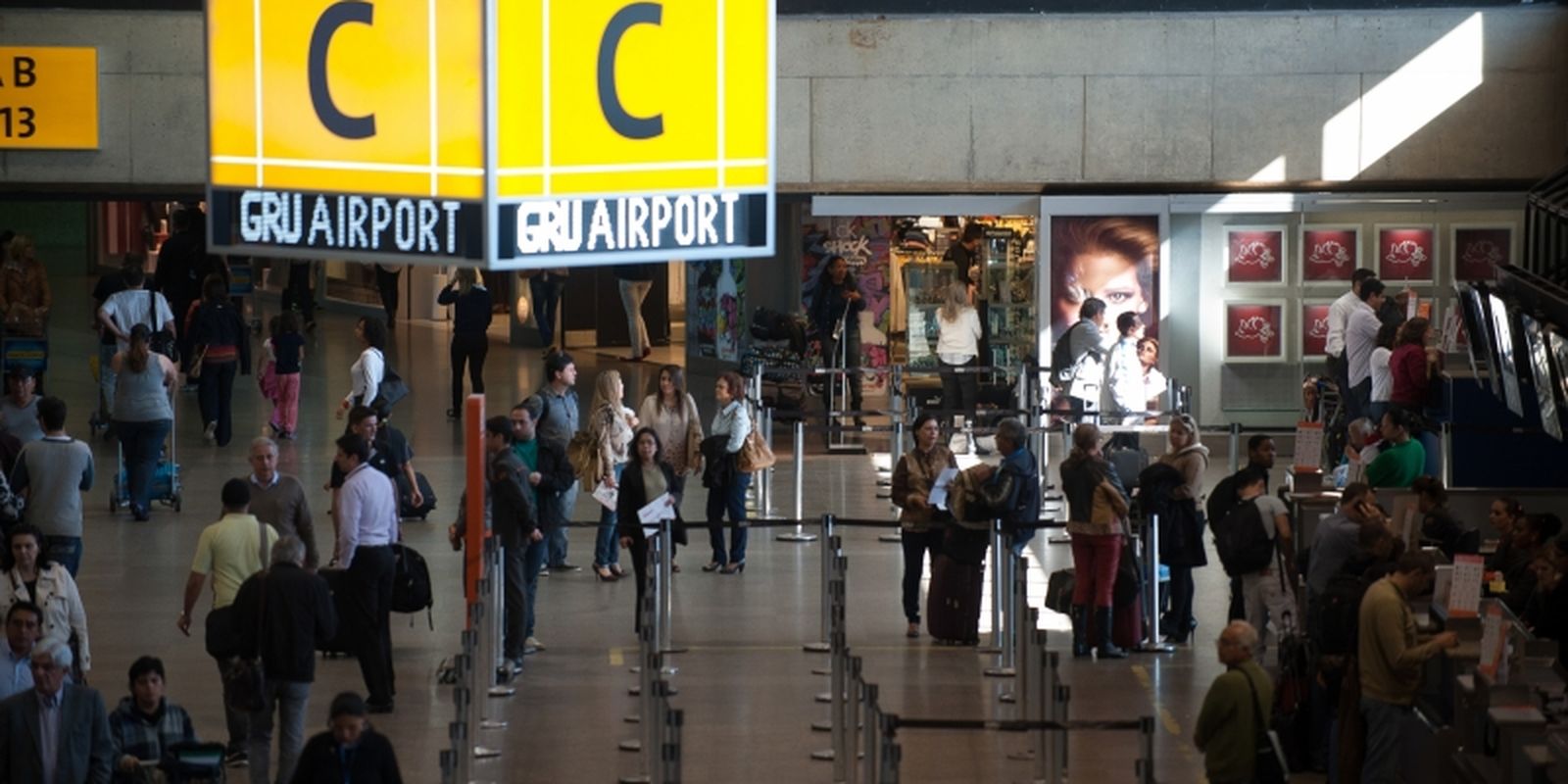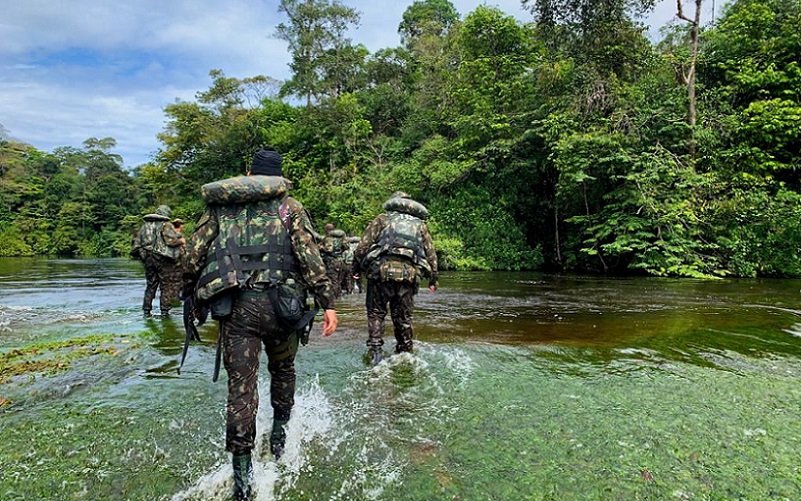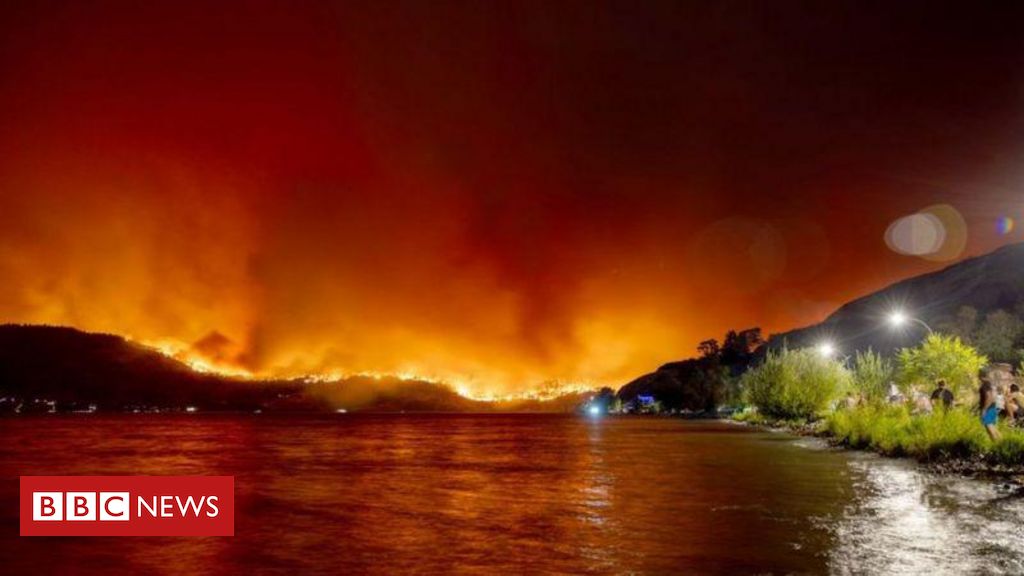A cold house in a snowy desert is the difference between life and death.
Julius Nielsen, 40, is one of the 57,000 inhabitants of Greenland, one of the least populated regions in the world.
He is an Inuit (indigenous people of Alaska, Canada and Greenland) and speaks the Tunumiit language.
You may not be familiar with the term Inuit, but you’ve probably heard of Eskimos. The word, used to refer to the indigenous peoples of the Arctic regions, is considered pejorative by many of them, for whom the term has a racist character. In Canada and Greenland, they prefer to be called Inuit.
And there’s something else you should know: the Inuit don’t live in igloos anymore either. But the little ice houses still exist and are used on hunting evenings.
Julius, who is a hunter, explains: “In the desert (of snow and ice), the weather tends to change very quickly. We always think about survival. That’s why we build igloos.
“They can make the difference between life and death.”
Julius protects himself from the cold in his igloo during one of the hunting nights.
Global warming is more intense in the Arctic than anywhere else on the planet.
Greenland’s ice sheet is melting at a rate of 270 billion tonnes per year.
“It’s very difficult to build an igloo these days,” says Julius. “Winter snow has changed a lot lately. Every year is different.”
A shovel and a long-bladed knife are the only tools he uses – apart, of course, from the ancient wisdom on how to build his ice houses.
The snow should be compact so you can cut it into blocks and hold it in place as the blocks are stacked.
“We have many names for different types of snow,” he says. “To build an igloo, you need hard snow.”
“The best snow is called pugaqwhich is the one created when strong winds blow over the ice sheet, making it firm.”
The igloo seen from above
“With the right conditions, I can build an igloo in an hour,” he says.
For the base, larger blocks are needed. The walls are built with lighter and smaller blocks placed on top of each other.
The top ones are shaped to slope inward, creating a dome.
The final block is cut to fit perfectly into the ceiling cavity.
The last block is cut until it is perfect to seal the igloo dome.
Snow that falls on the finished igloo freezes onto the blocks and creates a very strong layer of ice. This is what allows it to resist water and wind.
The temperature inside the igloo can reach 16°C.
“I manage to boil water to cook what I have caught,” says Julio.
It is possible to cook inside the igloo, although the heat will melt some of the inner layer.
“The heat can melt the inside of the igloo, but it freezes quickly and that other layer of ice makes the structure even stronger.”
The world around the igloo is also melting. The difference, however, is that this process does not make the structure – in this case, the Greenland Ice Sheet – any stronger.
It could be a story of dying skills, but Inuit like Julius Nielsen are working to prevent that from happening.
“The climate is changing very quickly and forcing us to change with it,” he says.
“But we continue to act to keep our traditions alive.”
Illuminated igloo in the middle of a night adorned with the lights of the aurora borealis.
This text was adapted from a video by BBC Ideas.

“Freelance communicator. Hardcore web practitioner. Entrepreneur. Total student. Beer ninja.”







